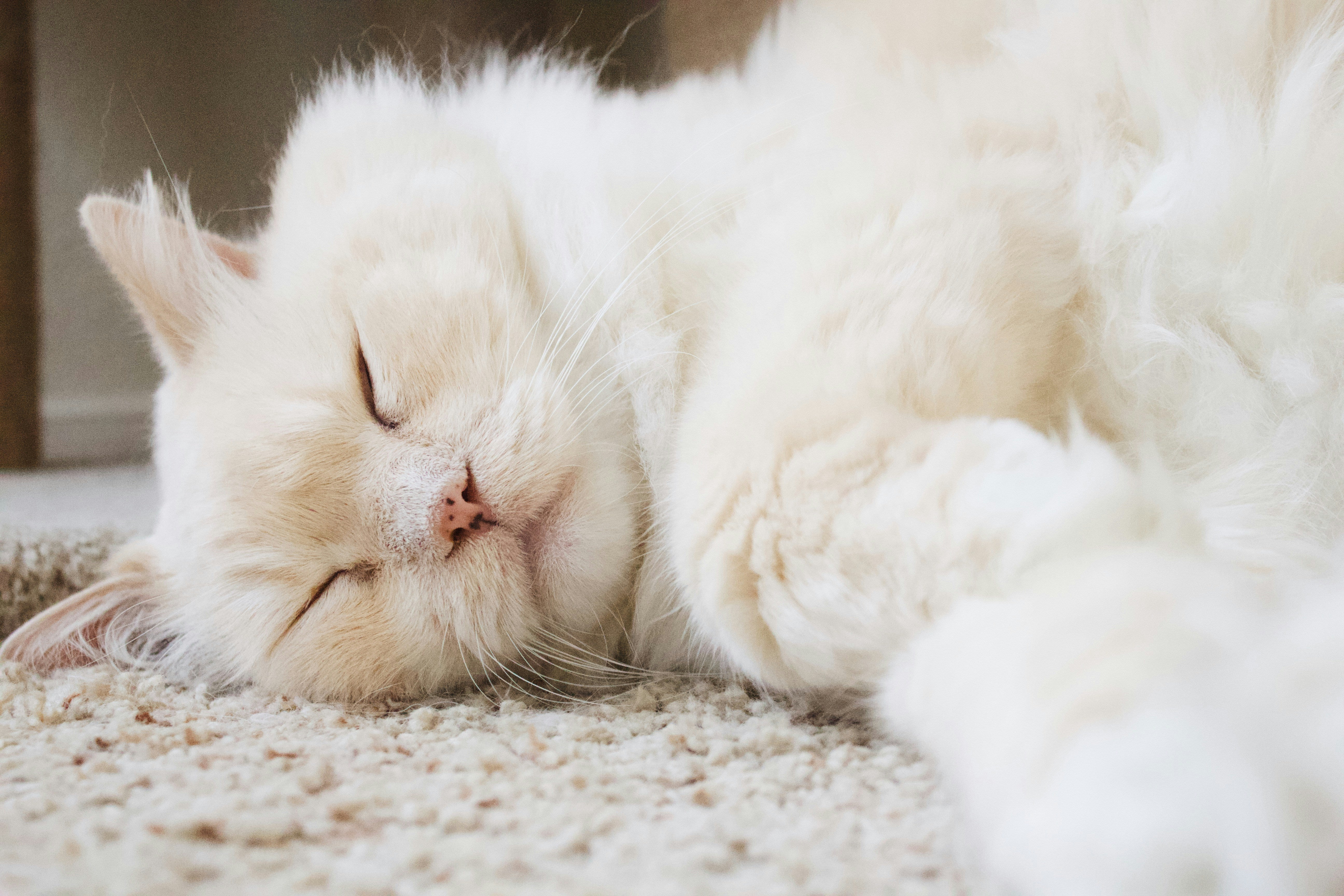
The Ultimate Guide to Tackling Feline Obesity
According to the World Health Organization, the global obesity epidemic is one of today’s most neglected public health problems, estimated to affect 300 million adults worldwide. Unfortunately, the obesity epidemic does not just affect people, it has spread to our pets as well. Recent studies estimate that 58% of all cats in the United States are overweight. While many people think fat cats are cute, overweight cats are unhealthy and at risk for a number of health issues.
Just like humans, obese cats are more likely to develop skin conditions, diabetes and arthritis. A study published in the June 1998 issue of JAVMA found that obese cats are two times more likely to develop non-allergic skin conditions and five times more likely to develop arthritis than cats with ideal body weight. Obese male cats are more likely to develop diabetes than cats with normal body weight. Even more alarming is the fact that obese cats are more likely to die younger than non-obese cats.

Photo by Nika Benedictova on Unsplash
So how do you know if your cat is overweight? This can be difficult because cats come in all sizes and shapes and so we can’t rely on weight alone. The best way people can find out if their pet is a healthy weight is to ask their veterinarian. Your veterinarian will do a complete physical examination, give you an objective opinion about your cat’s weight, determine their body condition score by examining their appearance from above, from the side, and by palpating their ribs, spine, and other bony prominences. The body condition score ranges from 1 to 9, with 5 being ideal, 1 too thin, and 9 obese. Your veterinarian will set your pet’s goal weight and help you determine the best ways to decrease your cat’s weight. Most importantly, your veterinarian will ensure that your pet’s obesity is due to excess calories and not an underlying medical condition.
So how do you help your cat lose weight?
The underlying principle is to intake fewer calories than you consume, creating a caloric deficit. The easiest way to do this with a cat is to restrict their caloric intake. This can be accomplished by decreasing the quantity of food they eat or by switching to a low-calorie diet. Of course, as in people, a successful weight loss program incorporates exercise to burn more calories.

Photo by Piotr Musioł on Unsplash
Most commercial diets are formulated for the needs of active, intact cats. To help your overweight, indoor, neutered or spayed cat lose weight, most veterinarians recommend decreasing the amount of food by 30 percent and giving it in three to five separate meals. Another option is to switch to one of the many available low-calorie weight-loss diets. Check with your veterinarian first to determine what would be best for your particular pet.
Besides restricting your cat’s caloric intake, increasing their level of activity will increase their metabolic rate and help burn more calories. Most pet parents know how to exercise their dog, but how to you exercise a cat? You can’t exactly go on a run or play fetch outside with your feline. Fortunately, there are a couple of things you can do to help get cat coach potatoes up and moving.
-
First, encourage active play. Laser pointers, motorized mice, and feathers toys can get your cat running and jumping. Most cats find laser pointers irresistible and they will chase the light for hours, giving you hours of free entertainment. No matter what toy your cat prefers, the goal is just to get them moving.
- Make them work for their food. If you live in a 2-story house, put their food and water on a different level than where your cat sleeps. This forces them to walk up and down the stairs to get to their food and water. If you live in a single-story house, try placing the food bowls up on a counter where your cat will have to jump up to get their food and water. Of course, this only applies if your cat is healthy enough to go up and down stairs or jump on a counter.

Photo by Piotr Musioł on Unsplash
The key to helping your cat lose weight safely is to have a plan. Before starting a weight-loss program, have your veterinarian determine your cat’s ideal weight and develop a diet. Check your cat’s weight regularly to ensure its losing weight at an appropriate rate. Remember it takes time and patience, but weight loss can have significant benefits on your cat’s health. It can improve comfort and function in arthritic animals and some diabetic cats will go into remission with the combination of weight loss, diet changes and insulin. So, if you suspect your cat may be overweight, be sure to bring your cat in to their veterinarian for a check-up.









 email us
email us